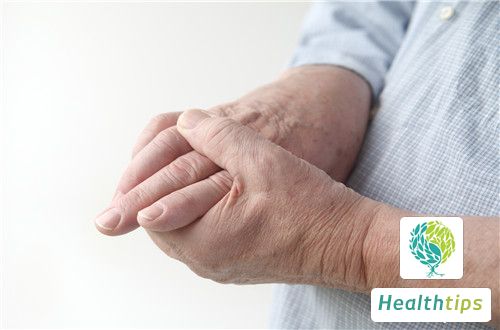What Are the Medications for Eliminating Wind-Dampness?
Treating dampness and wind typically refers to the use of medications for rheumatic diseases, primarily including non-steroidal anti-inflammatory drugs, glucocorticoids, and anti-rheumatic drugs. Patients must use these medications under the guidance of a doctor to avoid unnecessary harm to their bodies.

1. Common non-steroidal anti-inflammatory drugs include ibuprofen sustained-release capsules, diclofenac sodium sustained-release tablets, paracetamol tablets, etc. These drugs belong to the analgesic and antipyretic category and can relieve symptoms such as joint pain and limited movement. However, it is not recommended to take these medications on an empty stomach to avoid damaging the gastric mucosa.
2. Common glucocorticoid drugs include prednisone acetate injection, prednisolone acetate injection, prednisone acetate tablets, etc. These drugs have anti-inflammatory and immunosuppressive effects and are effective in treating rheumatic arthritis and rheumatoid arthritis. However, they are not recommended for long-term use by patients with hypertension or osteoporosis.
3. Anti-rheumatic drugs, such as methotrexate tablets, leflunomide tablets, sulfasalazine enteric-coated tablets, etc., can help treat rheumatic conditions, reduce bone damage, but may also stimulate the gastrointestinal tract and suppress platelet production. Patients need to pay attention to changes in their bodies during medication and seek prompt and standardized treatment if they experience any significant discomfort.



















